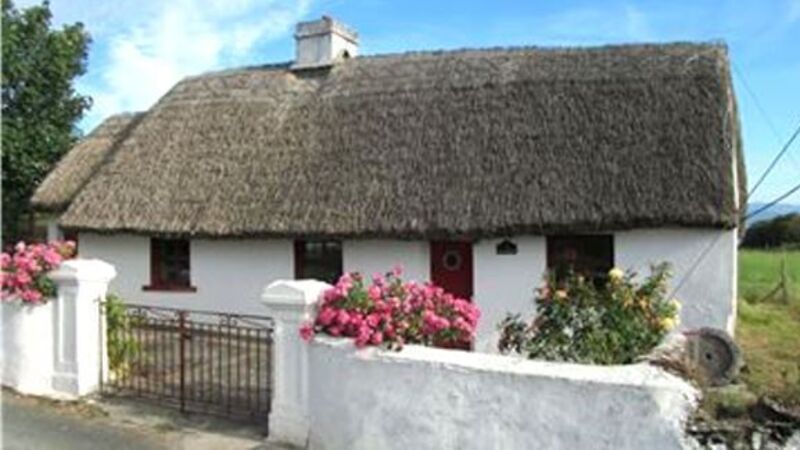New grants and apprenticeships are aiming to conserve Irish skills of old

In more recent times, some people regard thatch as a status symbol on modern homes. So the wheel has turned.
Problem is that old thatched houses are becoming a thing of the past: we had always admired one at Clonbanin, on the Mallow to Killarney road. Now, a little over 1,000 remain, according to estimates.
The Department of Arts and Heritage has a grant scheme for conserving such houses. This can be expensive. We heard a thatcher on a recent Mooney Goes Wild RTÉ radio programme say a full thatching job could cost up to €20,000.
All of which brings us to the revival of many old crafts, something which is often linked to tourism, as the heritage and landscape of Ireland are being increasingly promoted to attract ‘discerning’ visitors.
Clearly, young people can make a future for themselves by learning such crafts. The blacksmith and farrier trades have undergone revivals, while wrought iron workers, weavers and potters are among those that can also find niches in the tourist industry.
There’s also undoubted potential for stone workers, especially as changing times are creating new opportunities for people looking to do something creative or different from the mainstream.
National monuments including ruined castles, abbeys, round towers and medieval walls need ongoing maintenance and conservation work. Anyone visiting the Rock of Cashel, Co Tipperary, or Skellig Michael, off the Kerry coast, will see evidence of such work which has been carried out over many years.
However, there’s much more to be done and a new apprenticeship programme, which will see apprentices work to preserve heritage sites, was recently launched at the Kerry Enterprise Board Training Centre, Tralee.
Participants are learning specialist skills from the processing of stone to carving, restoration and monumental work.
The apprenticeships have been developed by Solas in conjunction with the Office of Public Works and will be delivered by Kerry Enterprise Training Board for the conservation and restoration of historic buildings and monuments as part of the national heritage strategy.
The OPW is responsible for the conservation of over 750 sites, including two World Heritage sites, Brú na Bóinne, Co Meath, and Skellig Michael.
READ MORE DONAL HICKEY: The buzz on the buzzard














